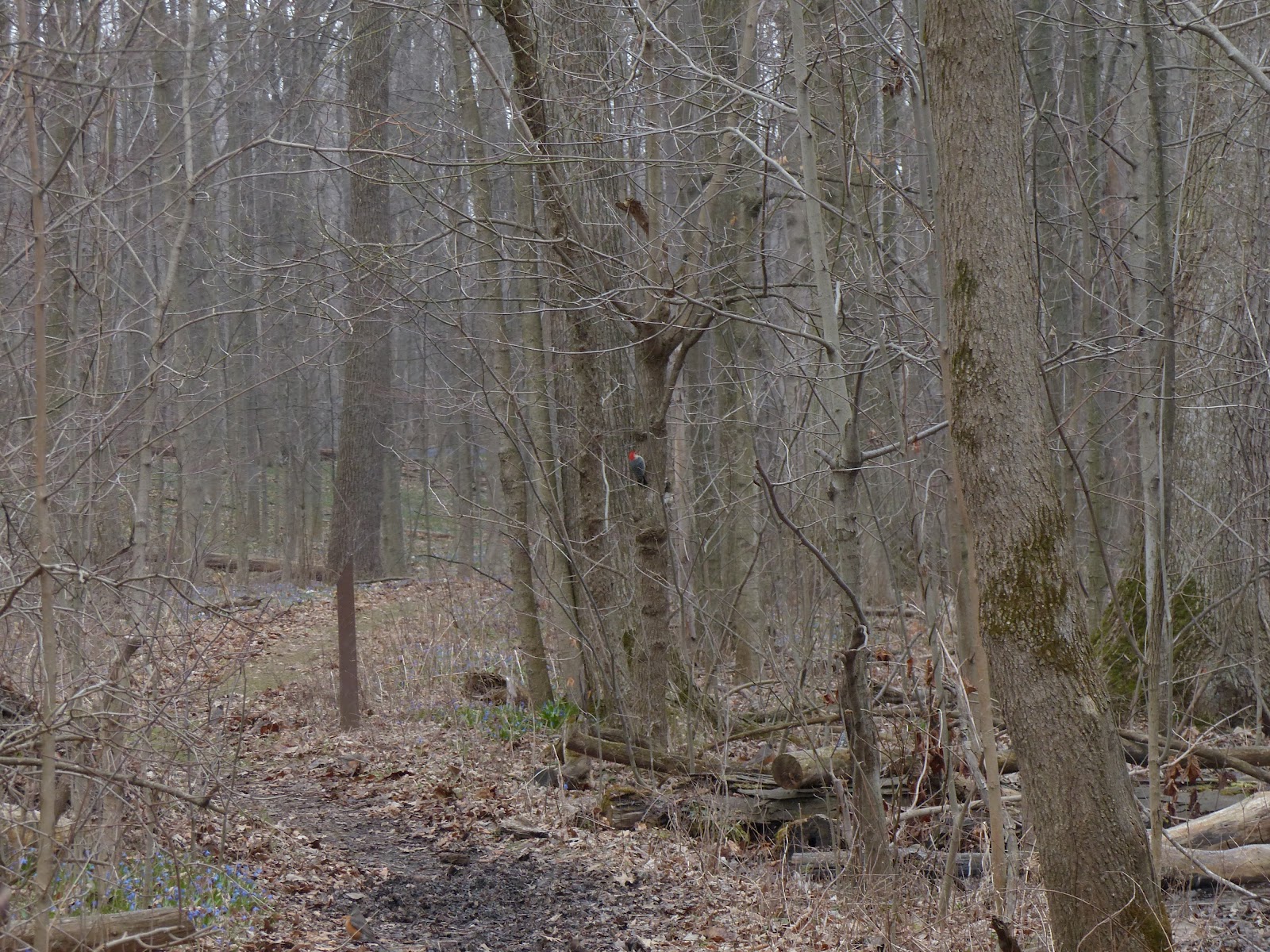Winterwatch Equipment: Essential Gear For Cold-Weather Birding

Table of Contents
Staying Warm: Layering for Success
Cold-weather birding demands a strategic approach to clothing. The key to staying warm and comfortable is layering. This allows you to adjust your clothing as needed throughout the day, adapting to changing conditions and levels of activity.
The Importance of Layering
Layering involves wearing several thin layers of clothing rather than one thick layer. This creates insulating air pockets that trap your body heat, keeping you warm even in freezing temperatures.
-
Base Layer: Your base layer sits next to your skin and its primary function is to wick away moisture. Avoid cotton, which retains sweat and chills you. Instead, opt for moisture-wicking materials like merino wool or synthetic fabrics like polyester. Merino wool offers excellent warmth and odor resistance, while synthetic options are often more affordable and quick-drying.
-
Mid-Layer: The mid-layer provides insulation. Fleece jackets and vests are popular choices, offering excellent warmth-to-weight ratios. Down jackets are another excellent option, providing exceptional warmth, but they lose their insulating properties when wet. Consider a combination of fleece and down for optimal versatility.
-
Outer Layer: Your outer layer is your shield against the elements. It should be waterproof and windproof to protect you from snow, rain, and biting winds. Look for breathable materials to prevent overheating and sweating. Features like taped seams and adjustable hoods further enhance protection.
Head-to-Toe Warmth
Don't neglect your extremities! Losing heat through your head, hands, and feet is a common problem in cold weather.
-
Hats: A warm hat, preferably one that covers your ears, is essential. Look for materials like fleece, wool, or even a knitted hat lined with fleece.
-
Gloves: Waterproof gloves are a must, especially if there's snow or rain. Consider gloves with touchscreen compatibility for using your phone or GPS. You might even consider bringing a pair of liner gloves for extra warmth. Hand warmers are a great supplementary option.
-
Socks: Wool socks are your best bet for keeping your feet warm and dry. Avoid cotton socks, which retain moisture. Consider thermal underwear as another layer of protection against the cold.
Optics for Winter Birding
Clear optics are crucial for identifying birds, particularly in the often-dim light conditions of winter.
Binocular Selection
Choosing the right binoculars is critical for successful winterwatch. For low-light conditions, look for binoculars with larger objective lenses (the front lenses). A larger objective lens gathers more light, resulting in brighter images.
-
Image Stabilization: Image stabilization can significantly improve viewing stability, especially when you are handholding your binoculars in cold conditions.
-
Close-Focus Capability: Some binoculars excel at close-focus distances, perfect for observing birds at closer range.
-
Durability and Weatherproofing: Opt for binoculars from reputable brands known for their cold-weather performance and robustness.
Spotting Scope Considerations
A spotting scope provides significant magnification, allowing you to observe distant birds in detail, particularly beneficial in open winter landscapes.
-
Tripod Stability: A sturdy tripod is essential for maintaining a stable image when using a spotting scope.
-
Waterproof and Fog-Proof: Choose a spotting scope that's waterproof and fog-proof to protect it from the elements.
Essential Accessories for Cold-Weather Birding
Beyond clothing and optics, several other accessories can enhance your winter birding experience.
Cold Weather Accessories
-
Waterproof Bags: Protect your valuable equipment like binoculars and cameras from snow and rain.
-
Thermos: A thermos filled with hot coffee or tea will provide much-needed warmth and energy.
-
High-Energy Snacks: Pack high-energy snacks like trail mix, energy bars, or dried fruit to keep your energy levels up.
-
Bird Identification Guide: A field guide specific to winter bird species will aid in identification.
-
Comfortable Backpack: A comfortable backpack is essential for carrying all your gear.
Safety First
Safety should always be your top priority.
-
Inform Someone of Your Plans: Let someone know where you're going and when you expect to return.
-
Fully Charged Cell Phone: Carry a fully charged cell phone in case of emergencies.
-
Awareness of Winter Hazards: Be aware of potential hazards like slippery ice, deep snow, and changing weather conditions.
Conclusion
This guide to essential winterwatch equipment has outlined the key components for a successful and comfortable cold-weather birding experience. By layering appropriately, selecting the right optics, and packing essential accessories, you can brave the winter elements and enjoy the unique beauty of winter birdwatching. Don't let the cold keep you indoors! Invest in the right winterwatch equipment and get out there to enjoy the wonders of the season. Remember to check our blog regularly for more tips and advice on all things related to winterwatch equipment and birdwatching.

Featured Posts
-
 Shift In Global Apple Supply South Africa Outpaces New Zealand
May 13, 2025
Shift In Global Apple Supply South Africa Outpaces New Zealand
May 13, 2025 -
 Wildfire Betting A Reflection Of Our Times The Case Of Los Angeles
May 13, 2025
Wildfire Betting A Reflection Of Our Times The Case Of Los Angeles
May 13, 2025 -
 Lara Croft Tomb Raider The Cradle Of Life A Review
May 13, 2025
Lara Croft Tomb Raider The Cradle Of Life A Review
May 13, 2025 -
 Mark Consuelos Reaction To Kelly Ripas Absence On Live With Kelly And Ryan
May 13, 2025
Mark Consuelos Reaction To Kelly Ripas Absence On Live With Kelly And Ryan
May 13, 2025 -
 Trumpin Virhe Ja Byd N Menestys Uhka Teslalle
May 13, 2025
Trumpin Virhe Ja Byd N Menestys Uhka Teslalle
May 13, 2025
